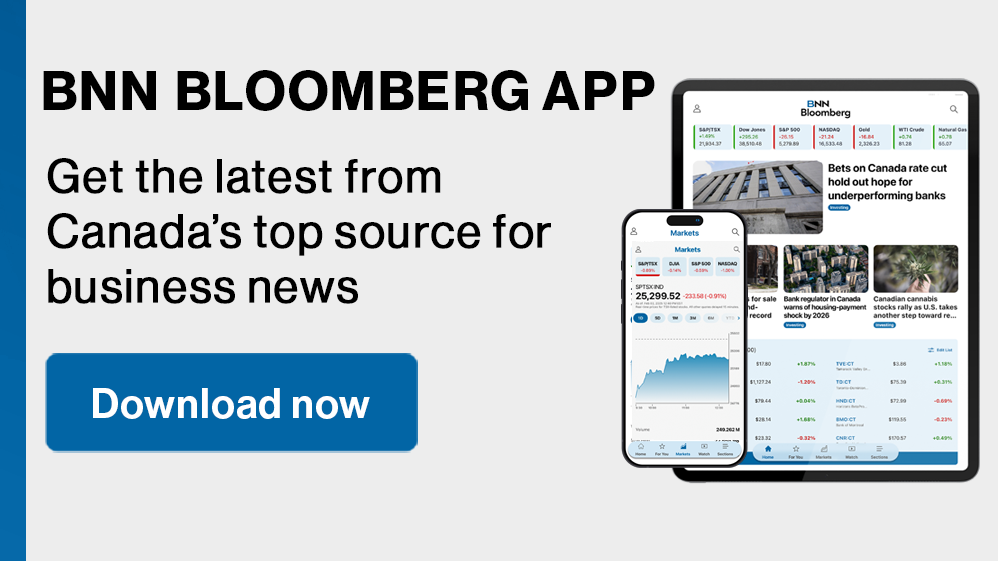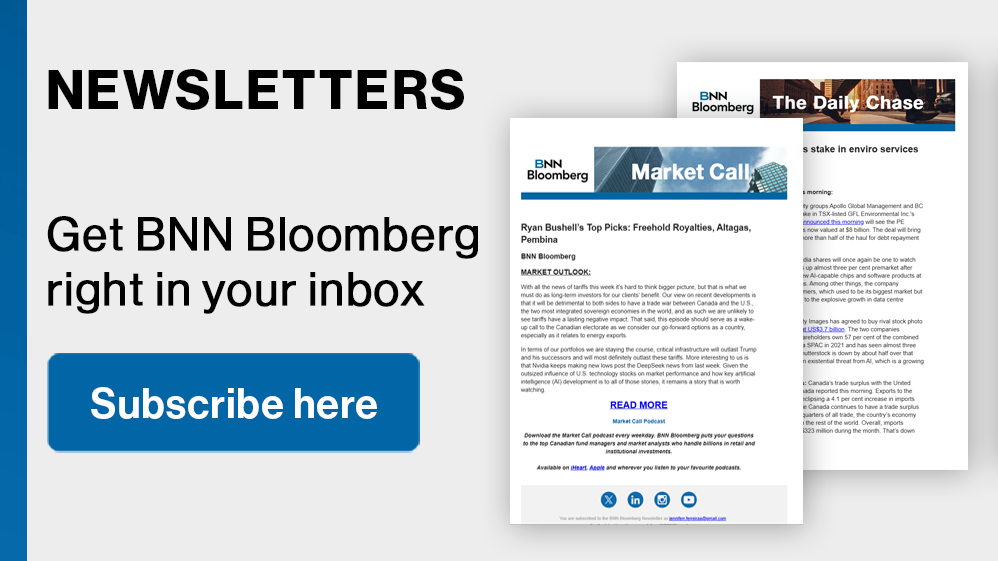In a move that has caught many allies off-guard, the Trump administration is pursing an “audacious” plan to reshape the international economic system that has governed global trade since the end of the Second World War, according to an expert.
In an interview with CTV’s Your Morning Tuesday, Ian Lee, an associate professor at Carleton University’s Sprott School of Business, said, “(This vision) is radical, in my judgment, it is nothing less than the reform of an entire international economic system … often just simply called multilateralism.”
Lee said according to a key document, published by Stephen Miran, the chief economist to Donald Trump in the White House, the U.S. president is seeking to use tariffs and market access as leverage to force other countries to open protected parts of their economies to U.S. corporations.
- Live market data exclusively on BNNBloomberg.ca
Lee said contrary to what Canada’s federal and provincial leaders have said about Trump’s lack of vision, Trump does have a plan that seeks to “rewrite the rules.”
“He can get away with it because they are the largest economy in the world,” Lee said. “Almost everybody wants access to the American market. So, the fact that everyone wants to access to sell into the American market is (America’s) card. That’s their lever.”
The document, titled “User’s Guide to the Reform of the International Economic System,” argues that the U.S. has been taken advantage of for decades by both friends and foes who demand full access to the massive American market while protecting parts of their own economies. Trump’s team believes it’s time to flip the script.
“This contradicts all the trade agreements. That is not what is said in the NAFTA agreement, or CUSMA or the WTO,” Lee said, referencing agreements that are built on mutual market access.
Beyond just demanding access to protected sectors, Trump’s team is also making more demands such as rescinding digital service taxes on U.S. tech giants and requiring countries to contribute more to international security, according to Lee.
“They argue that they’ve paid the overwhelming share of the trillion spent since 1945 on international security,” Lee said.
In a recent deal with the U.S., Mexico’s tariffs will be paused for a month in exchange for a fortified border, shared with the U.S., where 10,000 members of the national guard will be tasked with blocking drugs like fentanyl.
Canada’s deal with the U.S. followed in which Prime Minister Justin Trudeau, after a pair of calls with Trump, announced that both sides agreed to a delay in tariffs for 30 days as Canada plans to implement a $1.3 billion border plan that includes 10,000 personnel and other surveillance measures.
Canada also aims to launch a cross-border “Strike Force” to target organized crime, fentanyl and money laundering.
As Canada and other U.S. allies grapple with the new reality, the stakes continue to be raised.
For Canada, a close trading partner of the U.S., this poses challenges. Lee argues that Canada must deeply understand Trump’s blueprint to effectively negotiate and protect its interests, rather than being caught off guard.
“You have to do opposition research. We’re now learning, very belatedly, what the U.S. government is up to. We’ve got to do a better job,” Lee explained.

